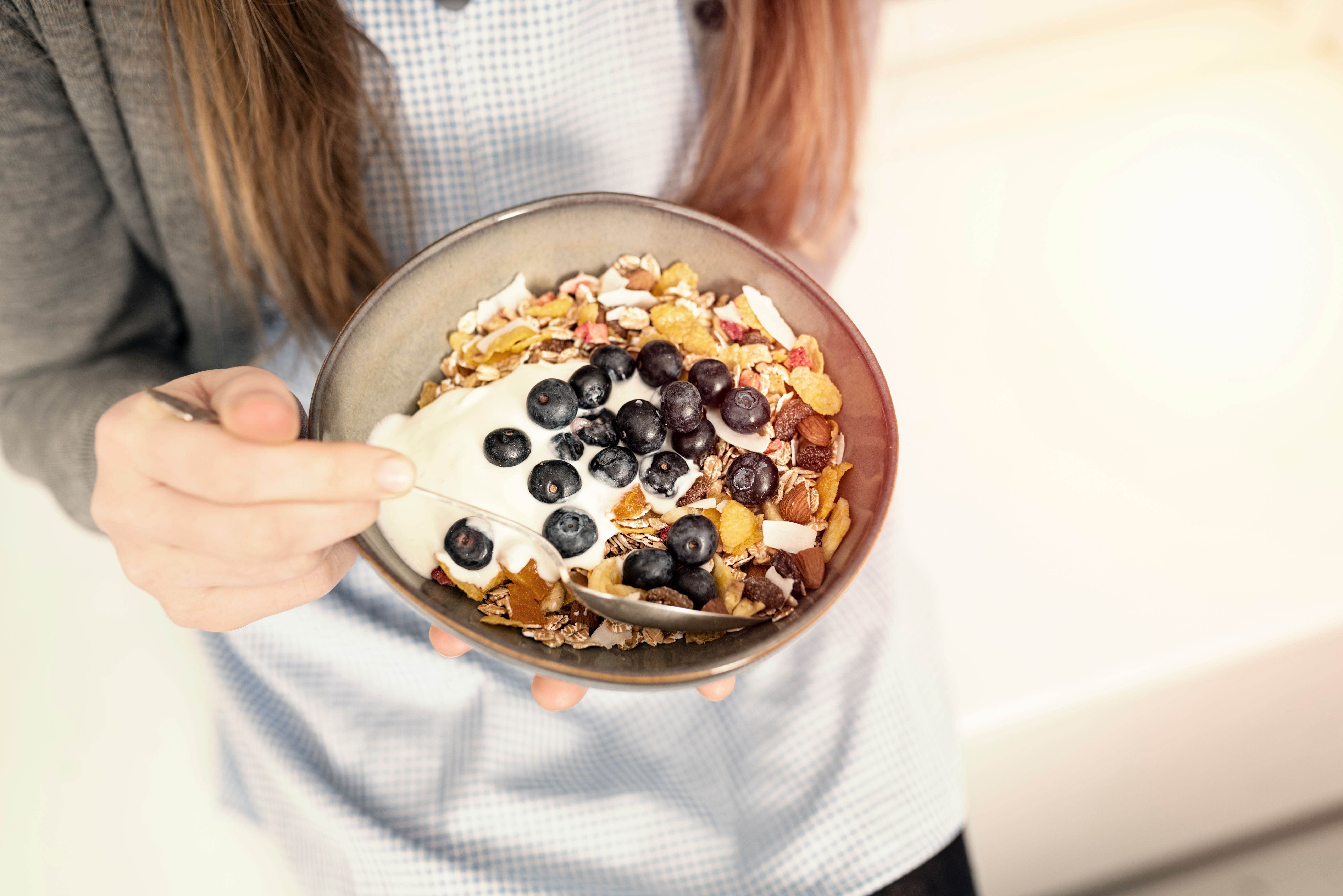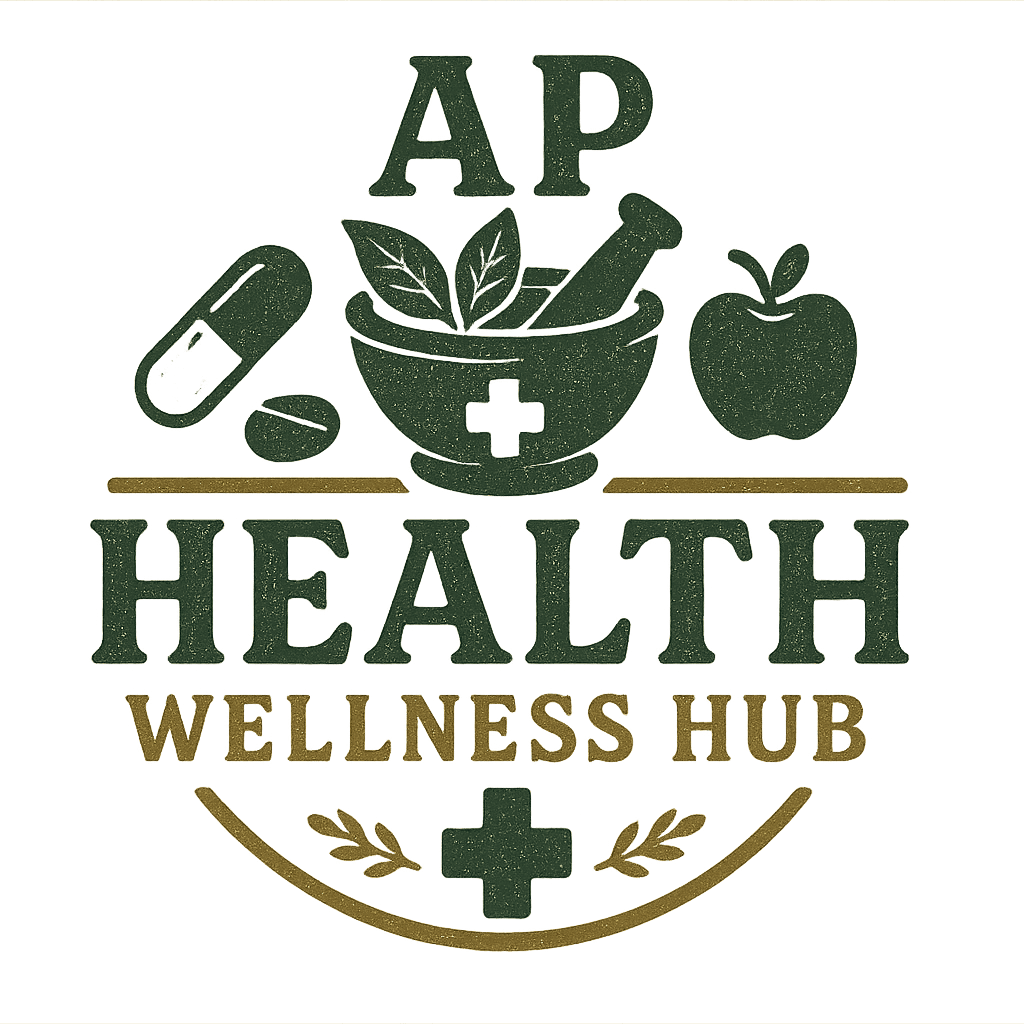The Power of Fiber: How AP Can Boost Your Health
The Role of Fiber in Our Diet
Fiber is an essential component of a healthy diet, yet it's often overlooked in favor of other nutrients like protein or fat. This indigestible part of plant foods is crucial for maintaining optimal health. By understanding the power of fiber, you can significantly boost your overall well-being and prevent various health issues.

Types of Fiber: Soluble and Insoluble
There are two main types of dietary fiber: soluble and insoluble. Soluble fiber dissolves in water to form a gel-like substance, which can help lower cholesterol and glucose levels. Foods rich in soluble fiber include oats, beans, and apples. On the other hand, insoluble fiber helps move material through your digestive system and adds bulk to the stool, which is beneficial for those struggling with constipation. Whole grains, nuts, and vegetables are excellent sources of insoluble fiber.
Health Benefits of a High-Fiber Diet
Incorporating a fiber-rich diet has numerous health benefits. Here are some key advantages:
- Improved Digestive Health: Fiber promotes regular bowel movements and prevents constipation.
- Heart Health: Soluble fiber can help lower cholesterol levels, reducing the risk of heart disease.
- Blood Sugar Control: Fiber slows the absorption of sugar, aiding in better blood sugar levels.
- Weight Management: High-fiber foods are more filling, helping you eat less and stay satisfied longer.
How Much Fiber Do You Need?
The recommended daily intake of fiber varies based on age and gender. Generally, women should aim for about 25 grams per day, while men should target around 38 grams. Unfortunately, most people fall short of these recommendations. Integrating more fiber into your meals can be simple with a few dietary adjustments.

Easy Ways to Increase Fiber Intake
Boosting your fiber intake doesn't have to be difficult. Here are some practical tips to help you get started:
- Start Your Day with Whole Grains: Opt for whole-grain cereals or oatmeal for breakfast.
- Add Legumes to Your Meals: Include beans or lentils in soups, stews, or salads.
- Snack on Fruits and Vegetables: Keep fresh fruits and a variety of vegetables handy for snacks.
- Choose Whole Fruits Over Juice: Whole fruits contain more fiber than their juiced counterparts.
The Role of Advanced Probiotics (AP) in Enhancing Fiber's Benefits
Advanced Probiotics (AP) are beneficial bacteria that support gut health and work synergistically with dietary fiber to enhance its effects. When combined, fiber and probiotics promote a healthy digestive system by aiding nutrient absorption and boosting the immune system. Adding AP to your diet can amplify the positive impacts of fiber, leading to improved health outcomes.

Incorporating AP into Your Routine
To make the most of AP and fiber's combined benefits, consider incorporating probiotic-rich foods into your daily routine. Yogurt, kefir, sauerkraut, and fermented foods are excellent sources of probiotics. Additionally, you can explore probiotic supplements if dietary options are limited.
Conclusion: Embrace the Power of Fiber and AP
The power of fiber in conjunction with Advanced Probiotics is undeniable when it comes to boosting your health. By understanding the different types of fiber and their benefits, you can make informed dietary choices that support long-term wellness. With a few simple adjustments to your daily routine, you can harness the full potential of fiber and AP to improve digestion, heart health, and overall well-being.

